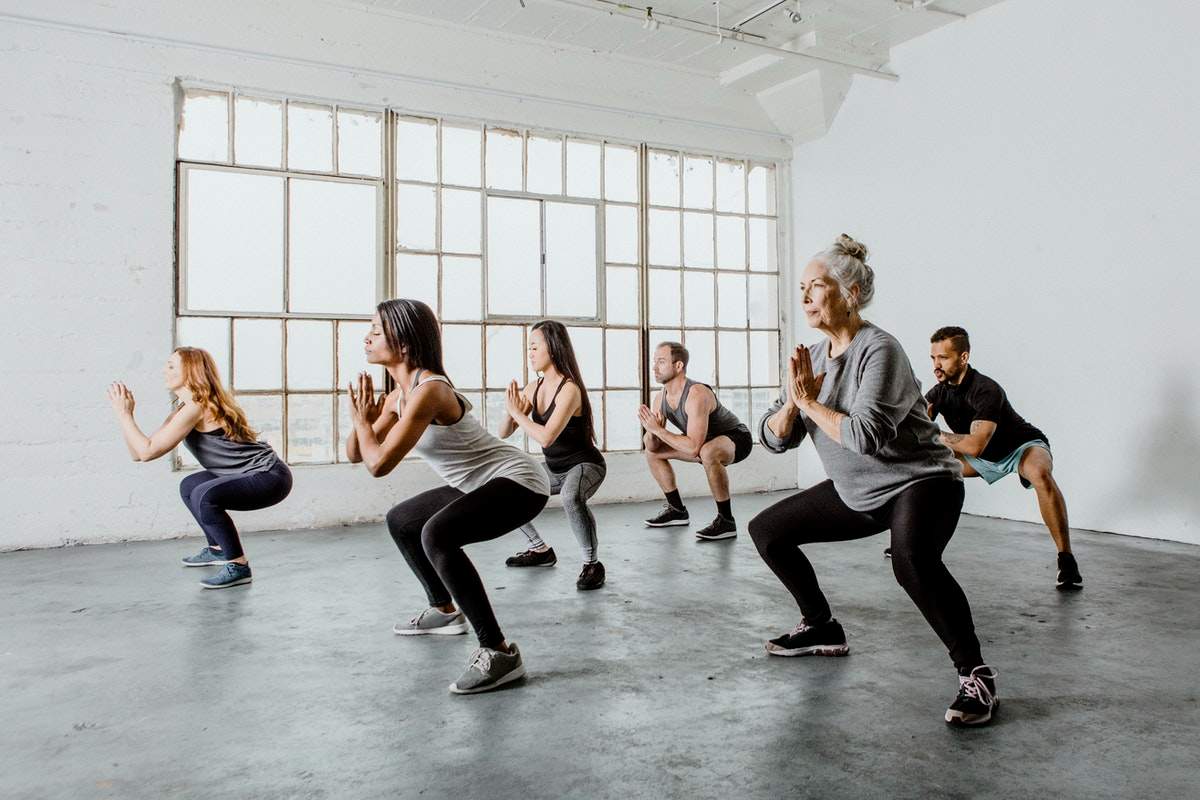Introduction: The Language of Style
Fashion is far more than a superficial indulgence or a fleeting trend; it is a silent language, a visual form of expression that communicates who we are, how we feel, and often, what we stand for. From the flowing robes of ancient empires to the sleek silhouettes of contemporary couture, fashion has mirrored civilization’s values, aspirations, and transitions. It is both art and commerce, individuality and collective mood, timeless tradition and cutting-edge innovation. In essence, fashion is the fabric through which society drapes itself—and its influence is as powerful as it is personal.
The Historical Tapestry of Fashion
The story of fashion is inseparable from human history. In every era, clothing has served as a marker of identity, status, and cultural belonging.
Key historical shifts in fashion include:
-
Ancient Civilizations: Egyptians wore linen to cope with the desert heat, while Roman togas denoted citizenship and class
-
Medieval and Renaissance Eras: Fashion became a symbol of aristocracy, with elaborate embroidery, silks, and furs distinguishing nobility
-
18th and 19th Centuries: The rise of tailoring, corsetry, and haute couture signaled an age of structured elegance, especially in Europe
-
20th Century Revolutions: From Coco Chanel’s liberating designs to the rebellious punk movement, fashion reflected social and political transformations
Today, fashion is both democratized and diversified. No longer bound by strict social hierarchies, style belongs to anyone with imagination and confidence.
Fashion as Identity and Individual Expression
At its heart, fashion is deeply personal. It is a tool for self-definition, a daily act of creativity, and for many, a source of joy. The clothes we choose each morning are not just garments; they are statements—subtle or bold—about who we are and how we wish to be perceived.
Ways in which fashion reflects identity:
-
Cultural Roots: Traditional attire, from kimonos to saris, connects individuals to their heritage
-
Lifestyle Choices: Athleisure suggests a commitment to wellness; minimalism may indicate a preference for simplicity
-
Emotional State: Dark hues can express introspection, while bright patterns may project energy and optimism
-
Belonging and Rebellion: Fashion allows us to fit in or stand out, aligning with or rejecting societal norms
The Industry Behind the Aesthetic
Behind the glamour of runway shows and fashion magazines lies a vast, intricate industry. From design studios in Paris to textile mills in India, the fashion economy encompasses a global network of designers, artisans, manufacturers, marketers, and retailers.
Key sectors within the fashion ecosystem:
-
Luxury Fashion: High-end brands such as Dior, Gucci, and Louis Vuitton drive trends and prestige
-
Fast Fashion: Brands like Zara and H&M offer affordable, trend-driven clothing at rapid turnover, though not without controversy
-
Sustainable Fashion: Emerging labels prioritize ethical sourcing, environmentally friendly materials, and fair labor practices
-
Digital Fashion: With the rise of virtual influencers and metaverse dressing, fashion is expanding beyond the physical realm
This economic engine generates billions annually, influences consumer behavior, and holds significant sway in popular culture. Yet, it also bears responsibility for addressing its environmental and ethical implications.
Sustainability: The New Chic
As environmental awareness grows, the fashion world is undergoing a much-needed reckoning. The industry is one of the largest polluters globally, known for water waste, chemical usage, and textile landfill issues. In response, sustainability has become not just a movement but a mandate.
Sustainable practices gaining momentum:
-
Slow Fashion: Encourages mindful purchasing, focusing on quality, longevity, and classic design
-
Eco-Friendly Fabrics: Innovations in organic cotton, bamboo, recycled polyester, and even lab-grown leather
-
Circular Fashion: Promoting resale, rental, upcycling, and recycling to extend the life cycle of garments
-
Transparency and Ethics: Consumers now demand to know where and how their clothing is made, with brands responding through traceable supply chains
The shift towards conscious fashion is reshaping not only what we wear but how we think about style.
Trends vs. Timelessness
While trends offer excitement and a pulse on the collective mood, timeless style remains the holy grail of fashion. Trend cycles may fluctuate wildly—Y2K aesthetics today, 1970s boho tomorrow—but truly elegant dressing endures.
Balancing trend and tradition:
-
Invest in Staples: A well-tailored blazer, crisp white shirt, and classic denim transcend seasons
-
Accentuate with Accessories: Use current trends in shoes, jewelry, or bags to refresh a foundational wardrobe
-
Know Your Silhouette: Understanding what flatters your body allows for confident experimentation
-
Edit with Purpose: Curating a wardrobe should be about building a narrative, not chasing every fleeting craze
Fashion-forward doesn’t always mean new. Often, it means knowing how to reinterpret the old with creativity and confidence.
Fashion and Cultural Influence
Fashion doesn’t exist in a vacuum. It reflects and shapes culture—responding to politics, art, music, and social movements. From feminist power dressing in the 1980s to the gender-fluid styles seen today, fashion is both reactive and revolutionary.
Recent cultural impacts on fashion:
-
Social Media and Influencers: Instagram and TikTok have given rise to trendsetters outside traditional media channels
-
Gender Inclusivity: Designers are moving beyond binary norms, creating collections that celebrate identity in all its forms
-
Global Fusion: Styles now blend East and West, tradition and tech, in eclectic and exciting ways
-
Activism Through Fashion: Clothing has become a medium for protest and awareness—from slogan tees to symbolic color palettes
Fashion’s ability to adapt and reflect the zeitgeist ensures its continued relevance in a changing world.
Conclusion: The Enduring Power of Fashion
Fashion is not merely about what we wear—it’s about how we live, how we feel, and how we express our place in the world. It allows us to reinvent ourselves without saying a word, to pay homage to our roots, and to dare to be different. As the world becomes more conscious, inclusive, and connected, fashion remains both a mirror and a canvas for human expression. To embrace fashion is not to chase vanity—it is to participate in an ongoing, universal dialogue about beauty, identity, and transformation. In every stitch and silhouette, there lies a story—and ultimately, fashion is the art of wearing your story well.






